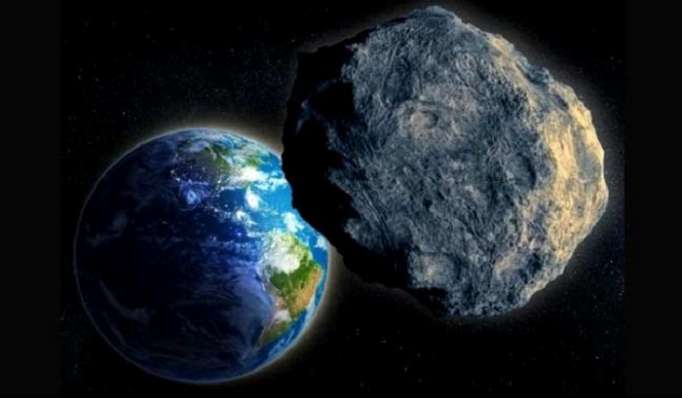A small asteroid will make a relatively close pass to Earth on Friday, but astronomers say we're in no danger. The asteroid, called 2018 CB, will zip past Earth around 5:30 p.m. ET at a distance of 64,000 kilometres, or about one-fifth the distance from Earth to the moon.

It was discovered by NASA-funded Catalina Sky Survey on Feb. 4 along with a second asteroid that measured somewhere between 15 and 30 metres. That one, called 2018 CC, passed by on Tuesday, at a distance of roughly 184,000 kilometres, still within the moon's orbit. Neither asteroid poses a threat to Earth. 2018 CB isn't a mass-extinction type of asteroid, though it's an interesting one for astronomers.
“Although 2018 CB is quite small, it might well be larger than the asteroid that entered the atmosphere over Chelyabinsk, Russia, almost exactly five years ago, in 2013,” Paul Chodas, manager of the Center for Near Earth Object Studies at NASA's Jet Propulsion Laboratory, said in a statement. “Asteroids of this size do not often approach this close to our planet — maybe only once or twice a year.”

On Feb. 15, 2013, an asteroid roughly 17 metres in size lit up the sky over Chelyabinsk breaking up, with a large piece landing in a lake. A powerful air burst echoed across the city, breaking windows and injuring more than 1,000 people.
Astronomers take these opportunities to learn more about asteroids, such as their composition. They're particularly intrigued as these are leftover bits from the formation of our solar system and could tell us about our early origins. The Catalina Sky Survey is part of an initiative to look for potentially hazardous asteroids (PHAs) and there are several networks around the world with the same goal.
According to the Center for Near Earth Object Studies, more than 90 per cent of the near-Earth objects bigger than one kilometre have been discovered. The group is now aiming to find those that are more than 140 metres.
While 2018 CB is too small for amateur telescopes, it can be viewed live online with the Virtual Telescope Project.
